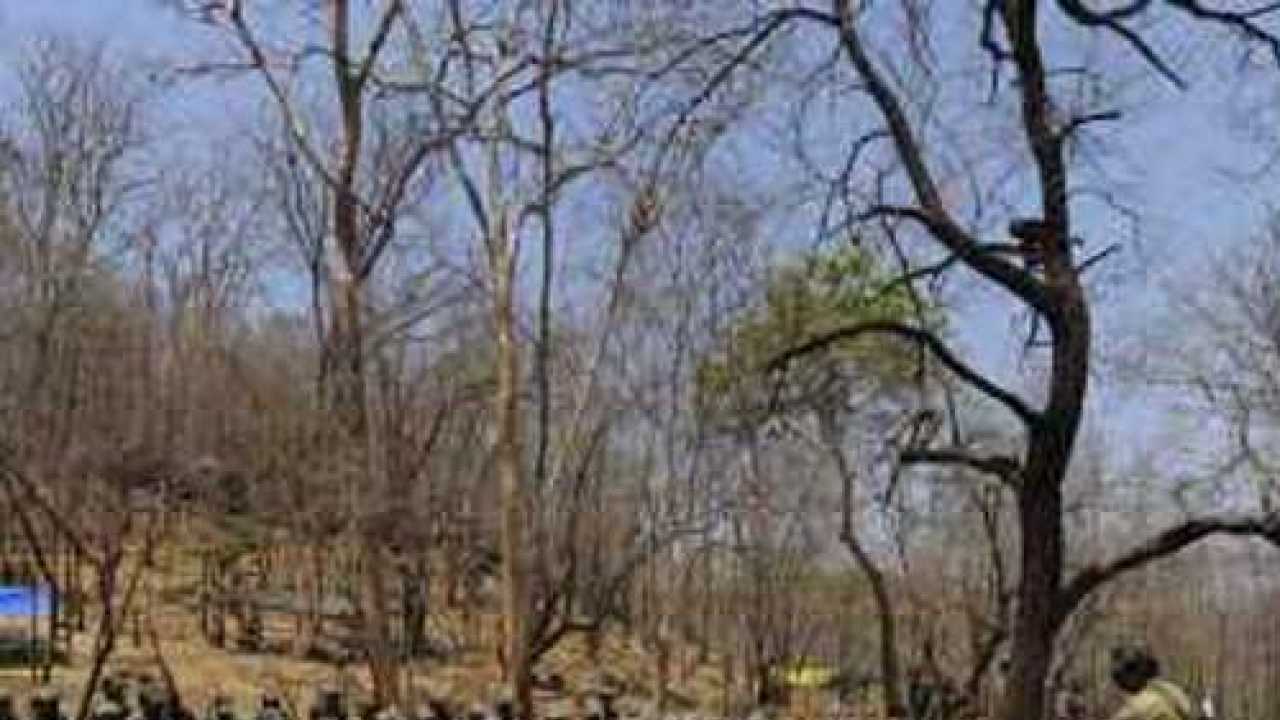
May was a politically hot month ranging from terror in Bastar to the politics of cricket. The massacre in Chhattisgarh was waiting to happen. Over the last few months, P Chidambaram crowed over the alleged massacre of 14 adivasis only to apologize within hours. There was no adequate compensation for the 14 adivasis who died. But this is common in Chhattisgarh which also made it fertile land for the rise of Maoism.
Nothing happened for a while apart from stray encounters until a few days ago, when Maoists struck back. Their main target was Mahendra Karma, the inspiration behind the Salwa Judum’s forced militarization of adivasis to fight Maoists, bunching villagers together, moving them away from their earlier homes and fields so that they could be watched at all times.
While Mahendra Karma along with the BJP advanced Salwa Judum, other Congress leaders like Ajit Jogi vehemently opposed it. Despite Karma’s fierce personality, the steady attrition of civilians by paramilitary and police made the situation dangerous. The skills that the Maoists, originally from Andhra Pradesh learnt in making improvised but deadly mines, made the security forces move with extreme caution.
This was to culminate in the recent bloody events. On May 27, not only the Congress but even the BJP went on tour of particularly dangerous areas in Chhattisgarh. The bulk of the security was with the BJP and no quick standby security forces were placed on alert.
Infuriated with civilian casualties and the killing of their cadre, the Maoists prepared an invincible attack. They had been listening regularly to the police radio and mapping where the security forces were, an experience they had acquired in Andhra Pradesh.
As is well known, Mahendra Karma was brutally attacked, and even the Congress state president and his son were killed. Despite severe injuries VC Shukla survived. But the sequence of events raises serious questions. Why were there two motorcades at the same time knowing the dangerous deployment of Maoists and their intimate knowledge of the terrain?
Senior leaders like Karma must have known the extent to which the Congress rally was undermanned. What were the CRPF, police and others doing? If they could not provide adequate security, they should have categorically told Mahendra Karma and others that they needed more reinforcements.
The Congress plaint that their rally was under staffed and poorly armed is perplexing. People like Mahendra Karma and a number of the forces were battle hardened. They had previous experience of fighting Maoists. Secondly, even if they were understaffed, why were they under-armed? Many members of the security force had 9 mm pistols, which are only a side arm compared to what the Maoists had in terms of Kalashnikovs, ISAS rifles, self-loading rifles, apart from other arms and plenty of ammunition and landmines.
The motley cavalcade with its prime Maoist target Mahendra Karma could only have driven to its massacre.
Post this horrific massacre the blame game is on. Rajnath Singh who earlier savaged the Congress, is now praising the Chhattisgarh model. It is difficult to imagine what this model is: massacre of adivasis on the grounds that they are Maoists? Salwa Judum was knocked out by an order of the Supreme Court. One question in all this diatribe has not been answered. Why have the Andhra Maoists flourished in Chhattisgarh? The special police, interestingly termed as Greyhounds, have chased most of them out of the state.
What explanation has been given by the CRPF battalion which was too slow to reach the killing fields?
One thing that politicians and police have not fully realized is that the adivasis go to the Maoists because they have no other support. Therefore, the real struggle between the Maoists and the State rests on the basis of bonds of trust and the supply of basic necessities to adivasis. The Maoists are brutal killers but they are also fierce supporters and protectors of adivasis. The latter, however, must be quaking now having had previous experience of being punished for sins committed by the Maoists.
Some might wonder: does the discussion on Maoists really amount to much? But the kinds of weapons the Maoists have got together and their networks in other states are matters of concern. It is ridiculous for uniformed forces to say that they will kill all Maoists and their sympathizers. More than Maoism, the problem is of poverty, of lack of access to forest produce, lack of jobs in the modern sector, speedy justice and health — all the requirements for a decent daily life.
Rajnath Singh’s self-serving praise for the Chhattisgarh model is obscene. How many more deaths will it take before the militarist elements in the BJP, Congress and other parties realize that political problems cannot be solved by the gun. And what about the Maoists? While armed forces will be required to protect people in Chhattisgarh, if daily life improves markedly, many adivasis will move away from the Maoists.
When the Northeast was in flames, knowledgeable and astute bureaucrats helped in putting the fire out. There is still major ethnic conflict going on in Manipur. The state police forces should not have an eye-for-an eye policy. In the entire discourse on this issue, the exchange between Mahatma Gandhi and the Naga rebels is still relevant, now that the problem is moving towards solution. Development and not bullets will be the answer.
The author is professor in the School of International Studies, JNU.